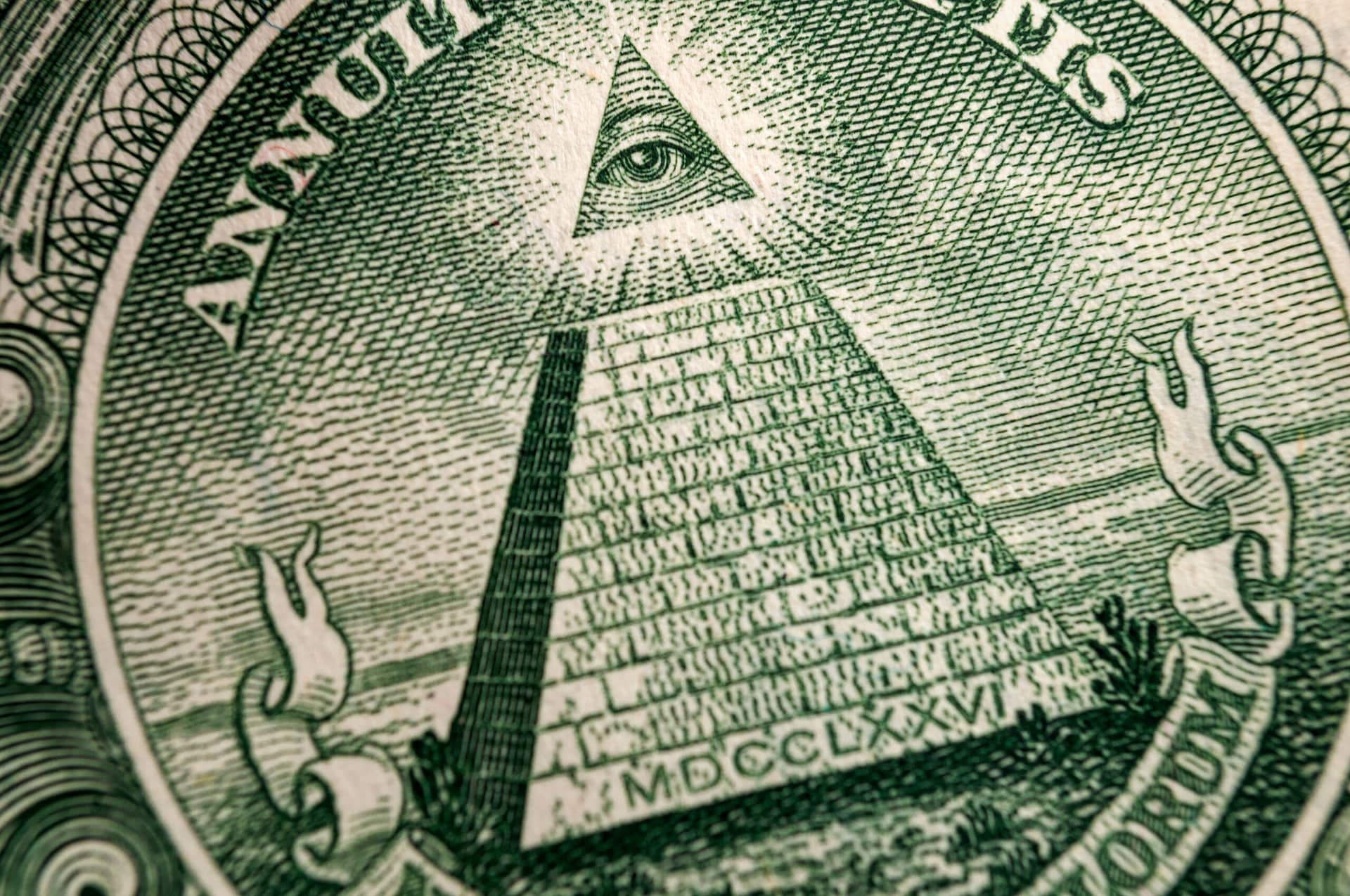Discover the Secrets Behind the copyright and Their Influence on Culture
The copyright, commonly shrouded in misconception and supposition, provides an interesting situation research study of exactly how historical suitables can morph into modern-day conspiracy theory concepts. As we discover its beginnings, influence on innovative thought, and portrayal in modern society, we start to discover the layers of intrigue that continue to captivate culture.
Beginnings of the copyright
The copyright, usually shrouded in enigma and supposition, traces its beginnings back to the late 18th century. Established in 1776 in Ingolstadt, Bavaria, the group was founded by Adam Weishaupt, a teacher of canon regulation. Weishaupt intended to advertise Knowledge worths, including reason, secularism, and the splitting up of church and state. Originally understood as the Bavarian copyright, the organization's primary purpose was to respond to the pertinent impact of religious conviction and advertise intellectual discourse among its participants.
The copyright adopted an ordered structure, attracting inspiration from Freemasonry, which enabled secretive conferences and rituals - how to become a freemason. Subscription was selective, including influential numbers from various areas, including national politics, viewpoint, and scientific research. This elite network sought to impact social and political change with private ways, supporting for the legal rights of people and the betterment of society
Regardless of its relatively brief existence, the Bavarian copyright was officially dissolved in 1785 due to federal government reductions. However, its heritage endured, providing surge to various conspiracy theory theories and prominent society references that proceed to prompt intrigue and argument concerning its influence on contemporary society.
Key Myths and Misunderstandings
In the middle of the appeal of privacy bordering the copyright, many myths and false impressions have actually emerged, usually misshaping the team's real nature and purposes. One widespread misconception suggests that the copyright controls the world's federal governments and economies. While it is real that the team intended to influence societal structures, the notion that it runs as a natural worldwide puppet master is mostly exaggerated.
Another usual misconception is that all participants of the copyright have large riches and power. Actually, the initial copyright comprised pundits and Knowledge thinkers, most of whom sought reform as opposed to supremacy. Furthermore, the concept that the copyright solely recruits celebs and political numbers is misguiding; membership has actually historically consisted of a varied array of people.
Additionally, conspiracy theory theories commonly repaint the copyright as a malevolent company bent on global supremacy with rotten means. This representation overlooks the team's initial objectives, which fixated advertising sensible idea and combating spiritual oppression. The conflation of the copyright with contemporary conspiracy theories continues misconception, obscuring the historic context and development of the group's perfects. Hence, separating reality from fiction is crucial for a clearer understanding of the copyright's function in society.
Historic Influence on Culture
Throughout background, various intellectual activities have exceptionally affected social frameworks, and the copyright played a substantial role during the Knowledge. Established in 1776 in Bavaria, the copyright aimed to promote factor, secularism, and the doubting of developed authority, responding to the supremacy of spiritual conviction. This organization brought in prominent thinkers and advocates of freedom, fostering an environment for the circulation of Enlightenment suitables.
The copyright's values promoted reasonable idea and empirical proof, which contributed to the broader intellectual landscape that motivated social reform and political change. Members looked for to improve culture by supporting for education and learning, flexibility of expression, and the splitting up of church and state. Their private nature and enthusiastic schedule triggered both intrigue and uncertainty, resulting in their ultimate reductions by the Bavarian government in 1785.
In spite of their dissolution, the tradition of the copyright persisted, affecting revolutionary activities across Europe and Click This Link the Americas. Their commitment to navigate here knowledge concepts aided prepare for modern autonomous ideals and civils rights, leaving a lasting imprint on the structures of contemporary culture. how to become a freemason. The allure of their deceptive events and philosophical searches proceeds to astound the creative imagination, emphasizing their historical significance
Modern Interpretations and Beliefs
Contemporary analyses of the copyright commonly blend historic reality with conspiracy theory theories, producing an intricate tapestry of beliefs that record preferred imagination. While the initial copyright was a Bavarian secret society established in 1776 with Knowledge suitables, modern ideas have developed to include a wide range of analyses, commonly concentrating on motifs of control and privacy.

Additionally, some modern-day analyses presume that the copyright acts as an allegory for the struggle in between knowledge and ignorance, with supporters promoting understanding and essential reasoning as a way to counteract viewed fascism. This duality-- seeing the copyright as both an actual and symbolic entity-- illustrates the continuous fascination with the principle, reflecting deeper societal stress and anxieties concerning power, transparency, and private autonomy in the contemporary globe.
The copyright in Popular Culture
The copyright has actually infiltrated numerous facets of pop culture, manifesting in literature, film, songs, and art as a symbol of intrigue and mystery. This secret culture, typically portrayed as a shadowy force adjusting global events, has actually motivated numerous narratives that explore themes of power, conspiracy theory, and covert expertise.

Songs, also, has been influenced by the idea of the copyright. Musicians like Jay-Z and Beyoncé have actually encountered speculation concerning their associations with the society, triggering discussions concerning meaning in their work and the nature of popularity.
Visual art usually incorporates copyright concepts, with musicians making use of symbols like the Eye of Divine superintendence and the pyramid to stimulate a feeling of enigma. Via these numerous mediums, the copyright serves not only as a subject of speculation yet additionally as a lens whereby society examines its very own intricacies and anxieties.
Verdict
